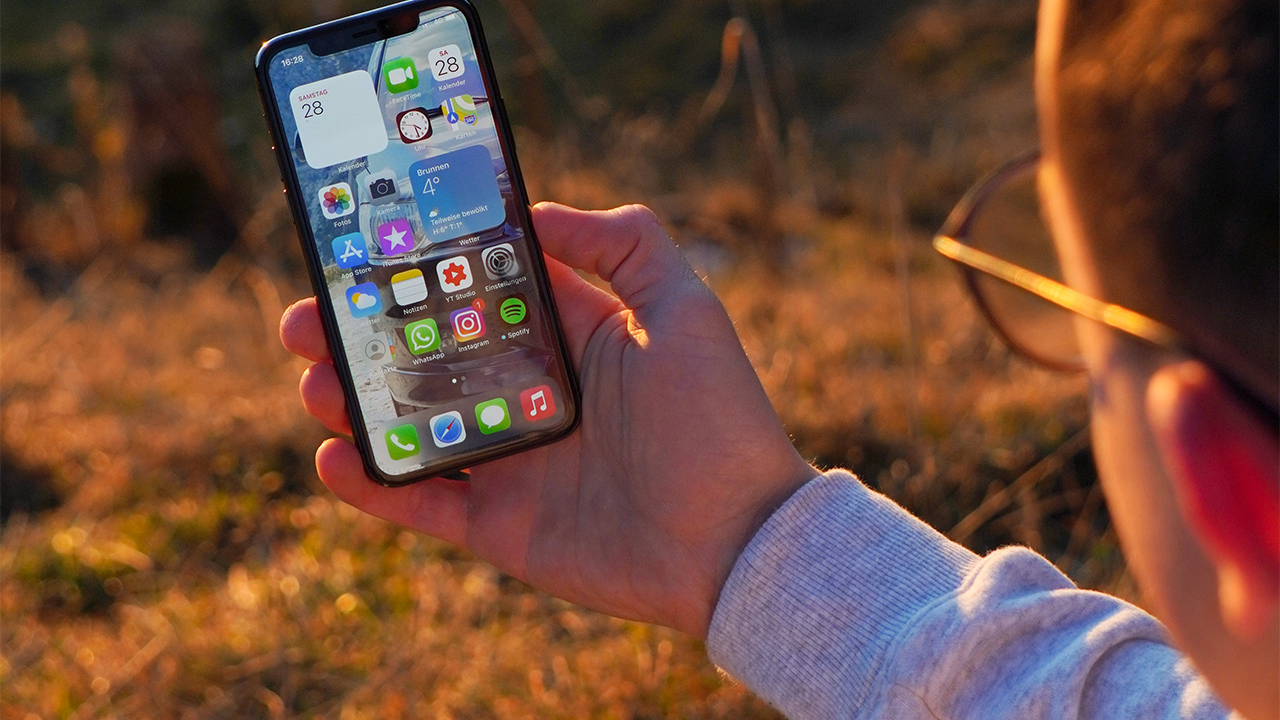One of the biggest challenges we have in our newsrooms is bringing the younger audiences to our platforms. The general assumption is that youth isn’t really interested in news. But I say we haven’t packaged news for our younger audiences, the Gen Zs, the teenagers.
I got an interesting opportunity to interact with high school students at the Muscatine High School in Muscatine, Iowa. Apart from sharing my own experiences, I was interested in picking their brains on how they consume the news and do they follow news websites?
Deloitte in its research released in May 2022 revealed that 51% of the Gen Z teens (aged 14-18) get their news from social media feeds, placing it above other sources like TV news and news websites.
“Social media platforms prevail over traditional sources among Gen Z and Millennials,” says the study published by American Press Institute/AP in August 2022. Another such study done by McKinsey in July 2022 says almost the same, i.e. “at least 50 percent of Gen Zers see news on social media daily” and “up to 15 percent of people aged 18-24 regularly get their news from TikTok.”
Most of the students I talked to at the school said they mostly use social media platforms like Twitter, Instagram and YouTube for news. Almost all of them said they do not go directly to the news websites or rely on television as the source of information.
“Usually, I check Twitter or I’ll usually see something, like, pop up on my phone about it and then I’ll go, like, asking my friends or my teachers if they’ve heard anything and usually that’s where I get most of it,” said one student.
Gabriel Salazar, 16-year-old student who anchors one of the high school’s broadcasts, said he prefers Apple News for news consumption.
I also asked the students about the genre of news they are most interested in.
“Sports,” said one.
Another student said: “I have a high variation in what I watch. I get the more political side of things, like crises across the nation, from my parents. But through TikTok, I just get more technological media related stuff like movies.”
TikTok is an interesting addition to the U.S. social media sphere. When I asked the students at the Muscatine High School about TikTok, many eyes lit up. I asked them the reason.
“On TikTok, I get more new stuff, but that’s not, like, national news or anything,” one said. “And I don’t really put that as my immediate source for what’s true and what’s factual.”
Another student shared they all watch TikTok and discuss the most viral videos in school.
In addition to TikTok, what struck me the most is they expressed a same concern about bias and partisanship in media coverage.
“Every morning I start off listening to NPR, it’s supposed to be our neutral news here in the United States though,” one student explained. “They do lean a little.”




